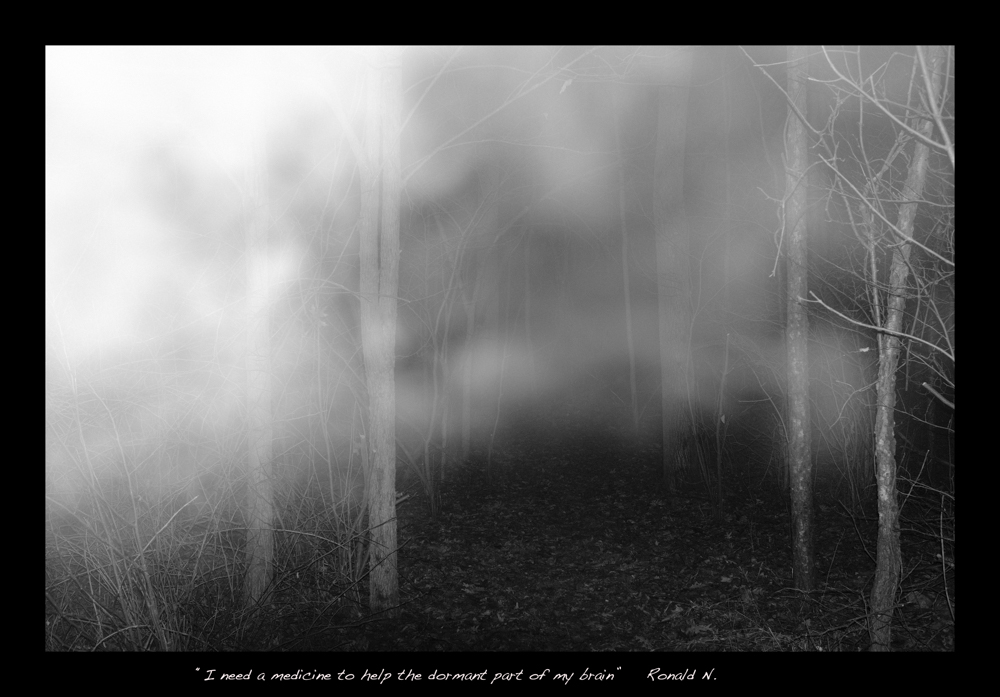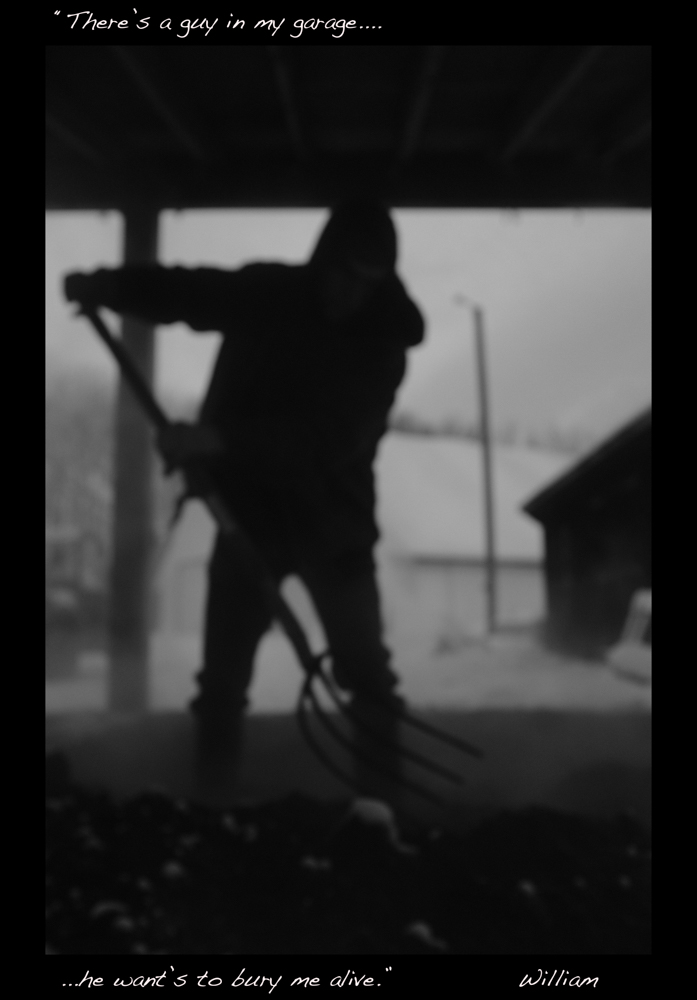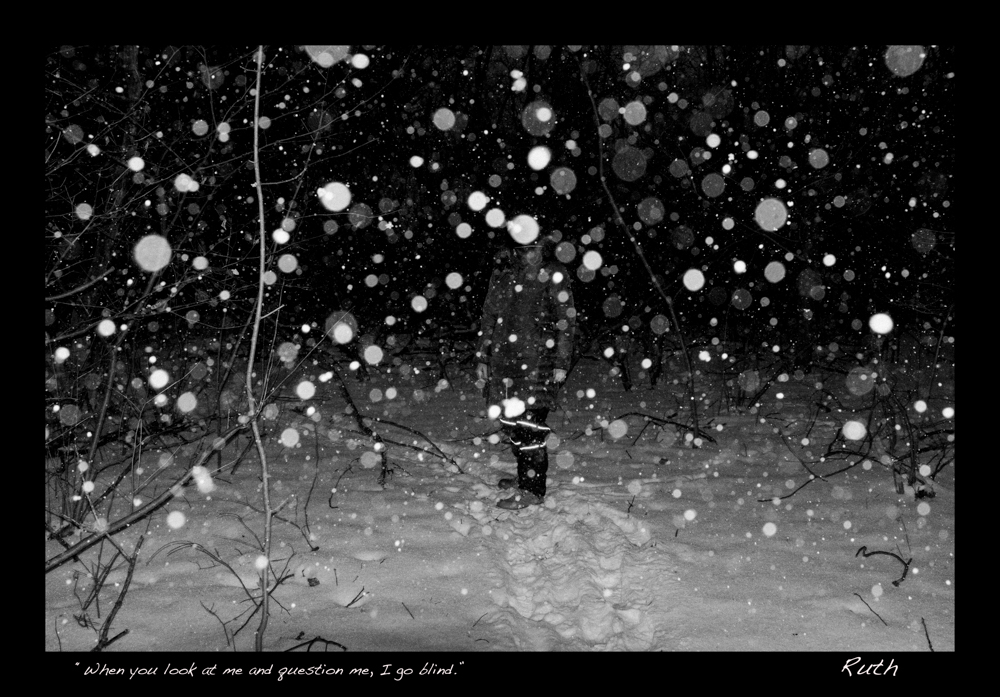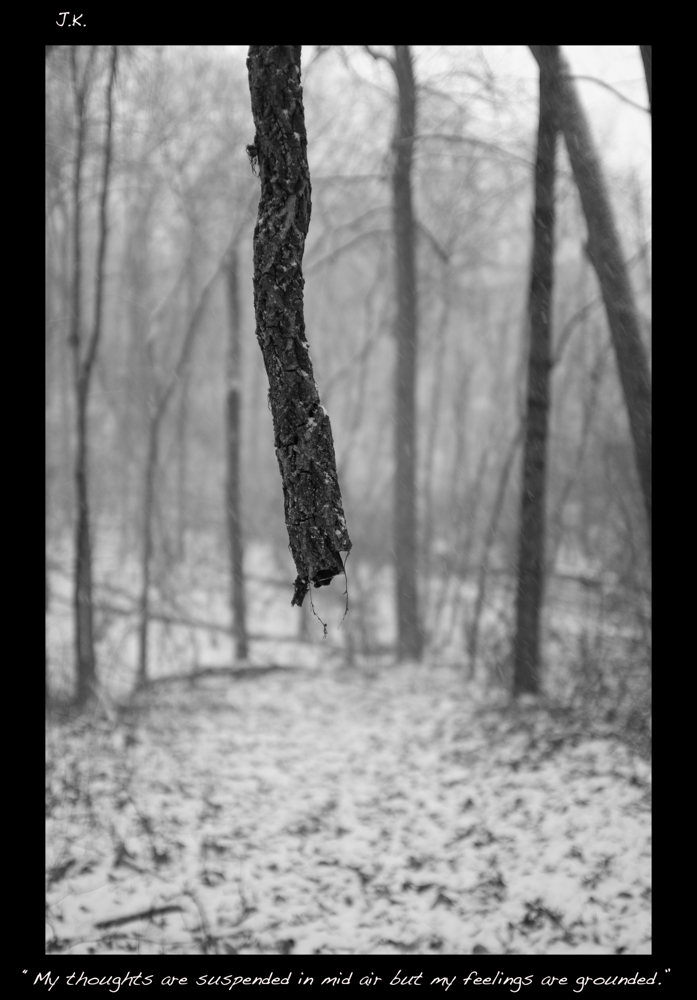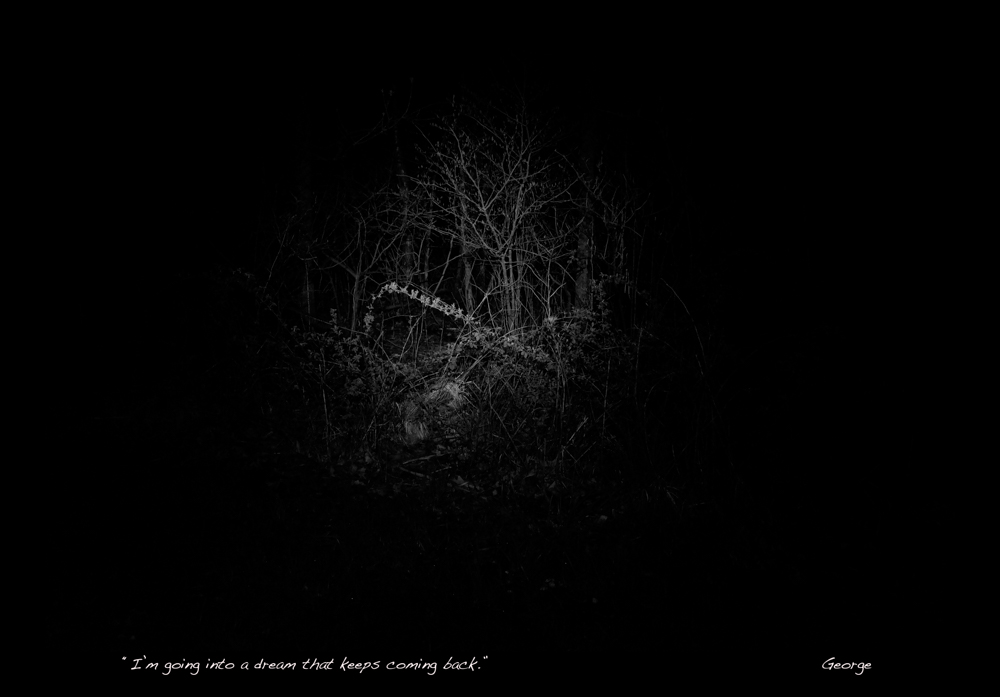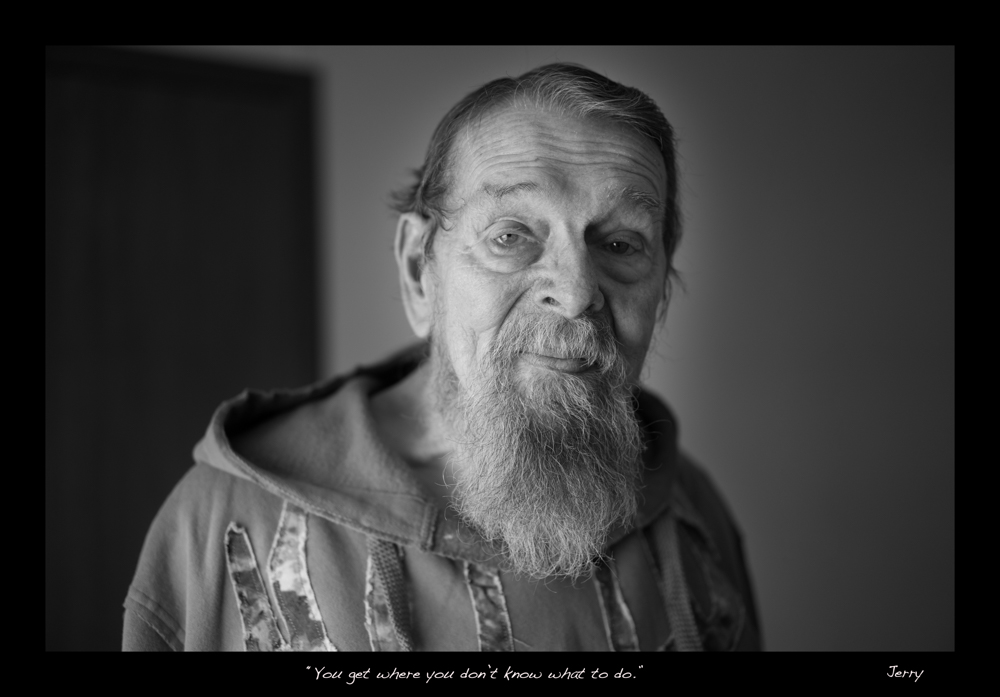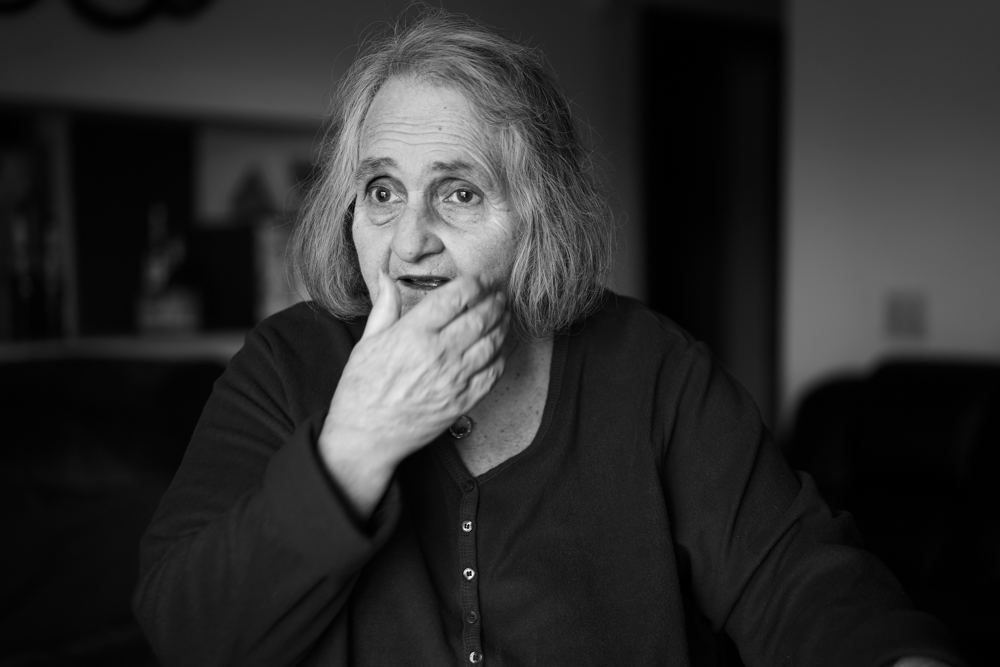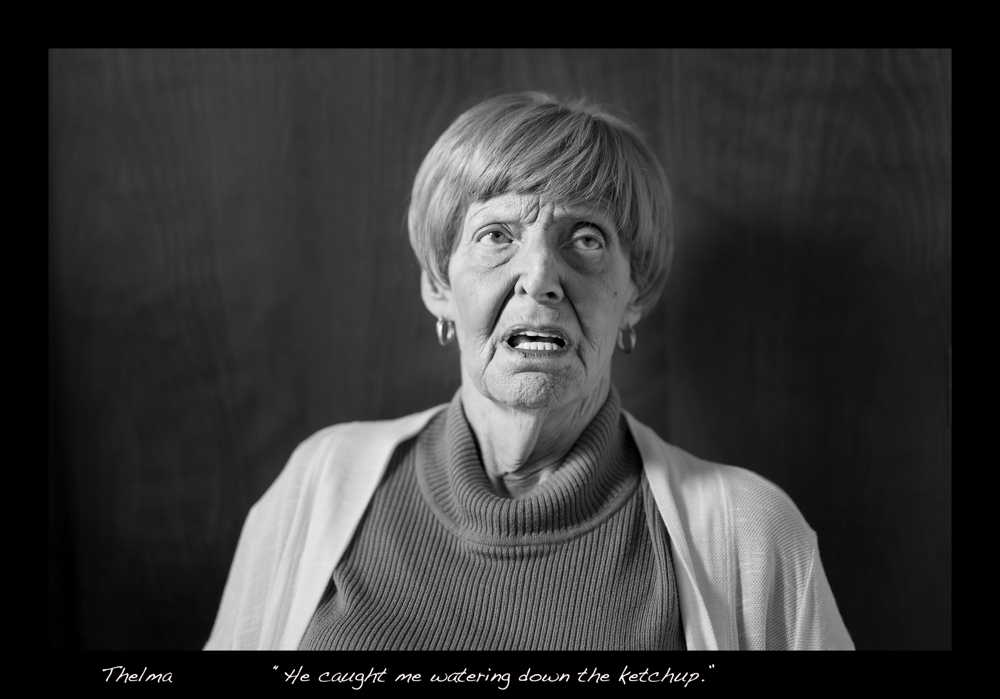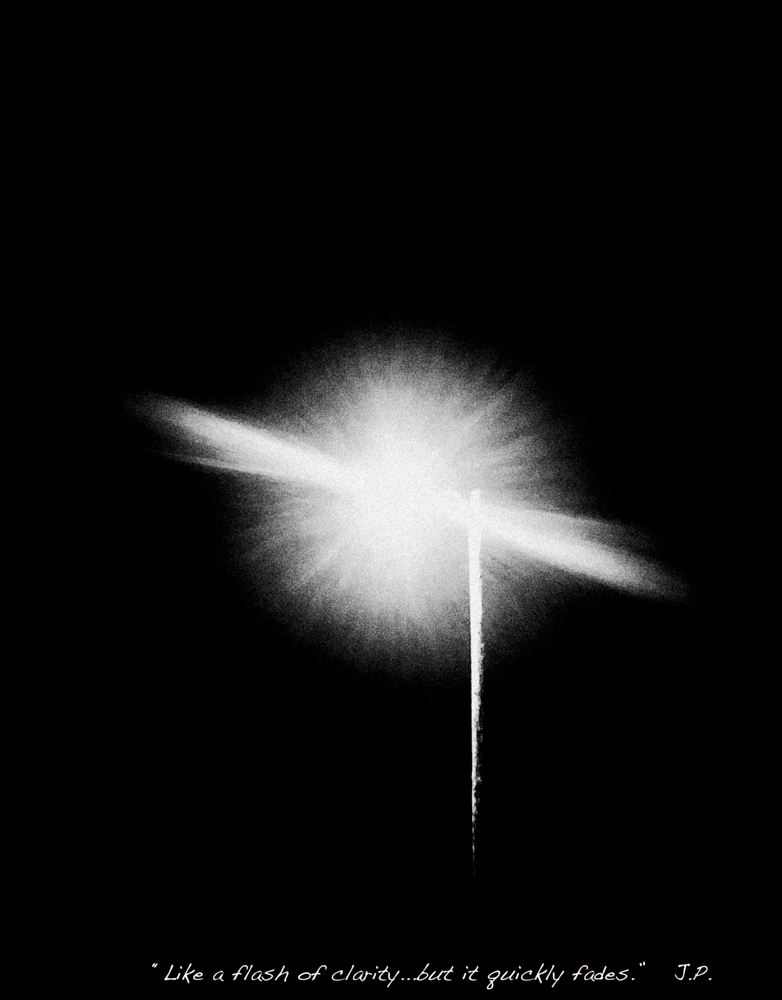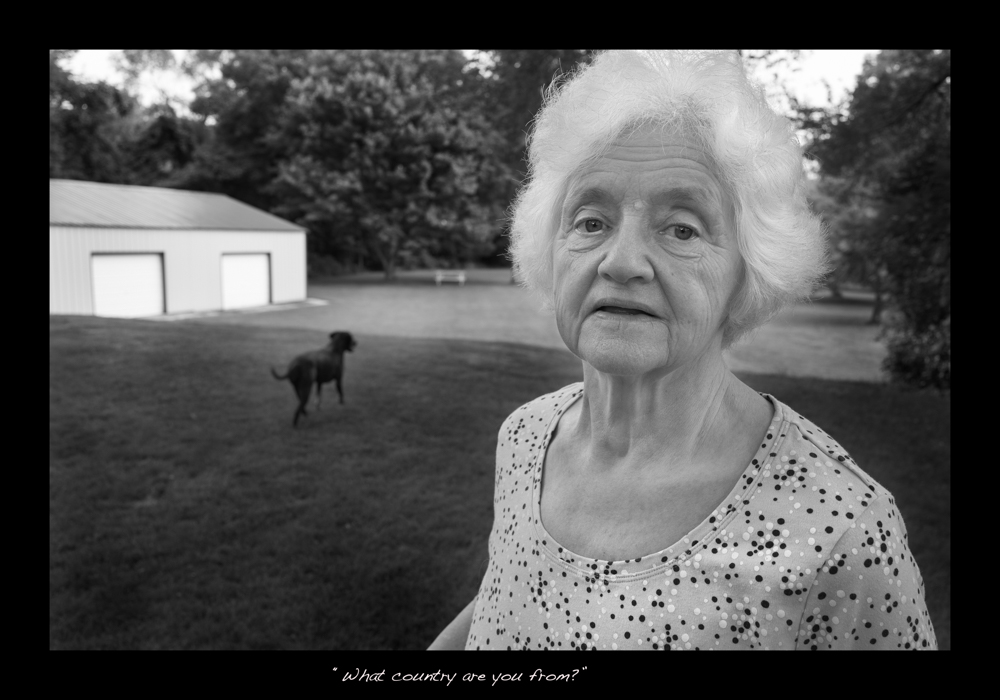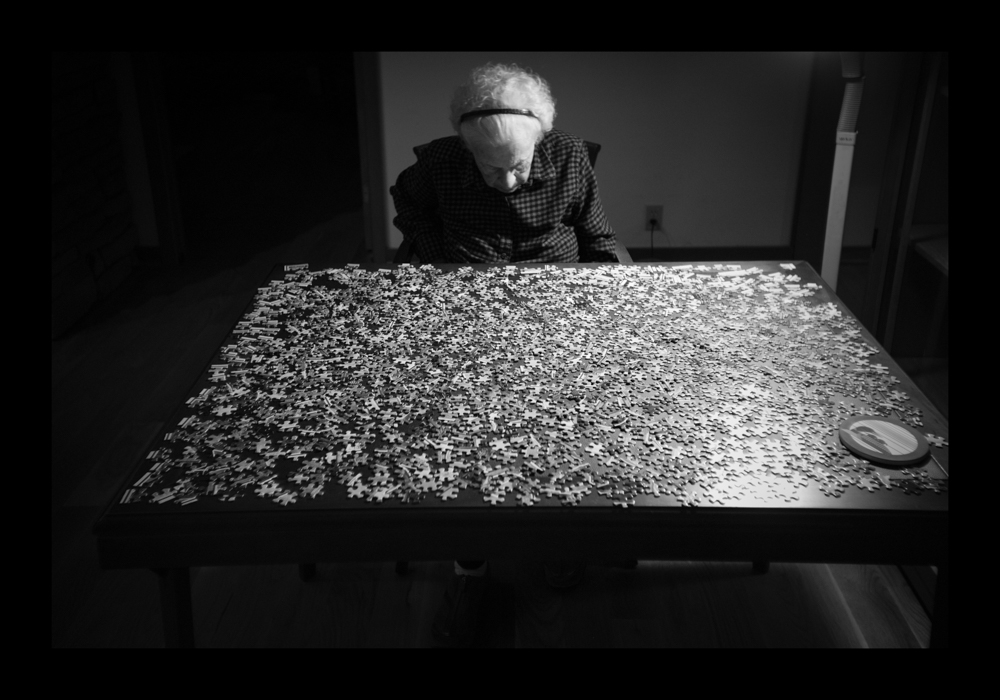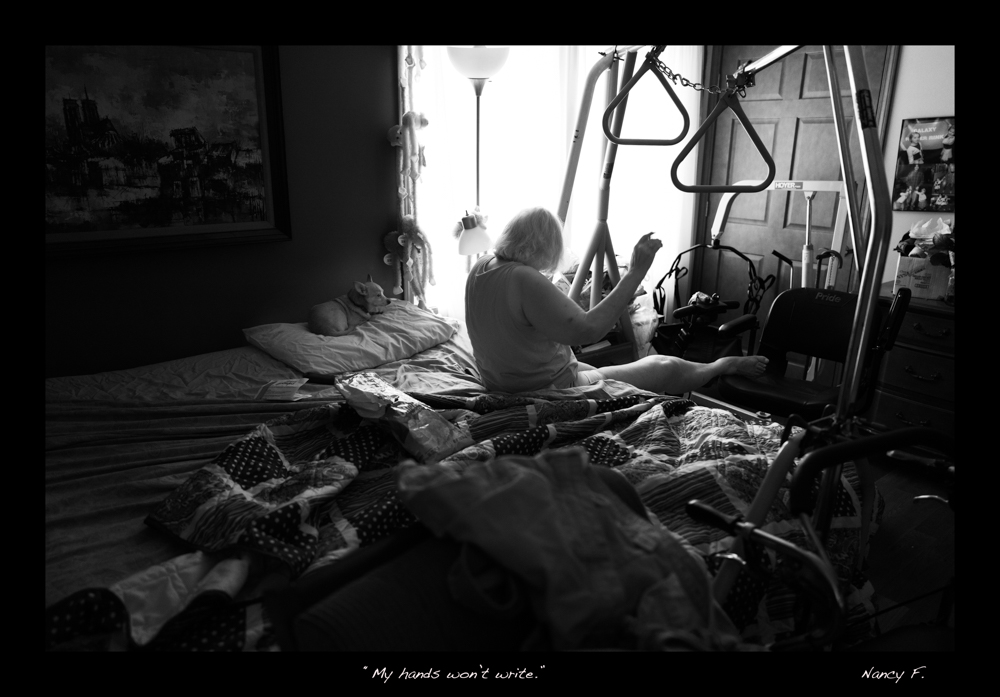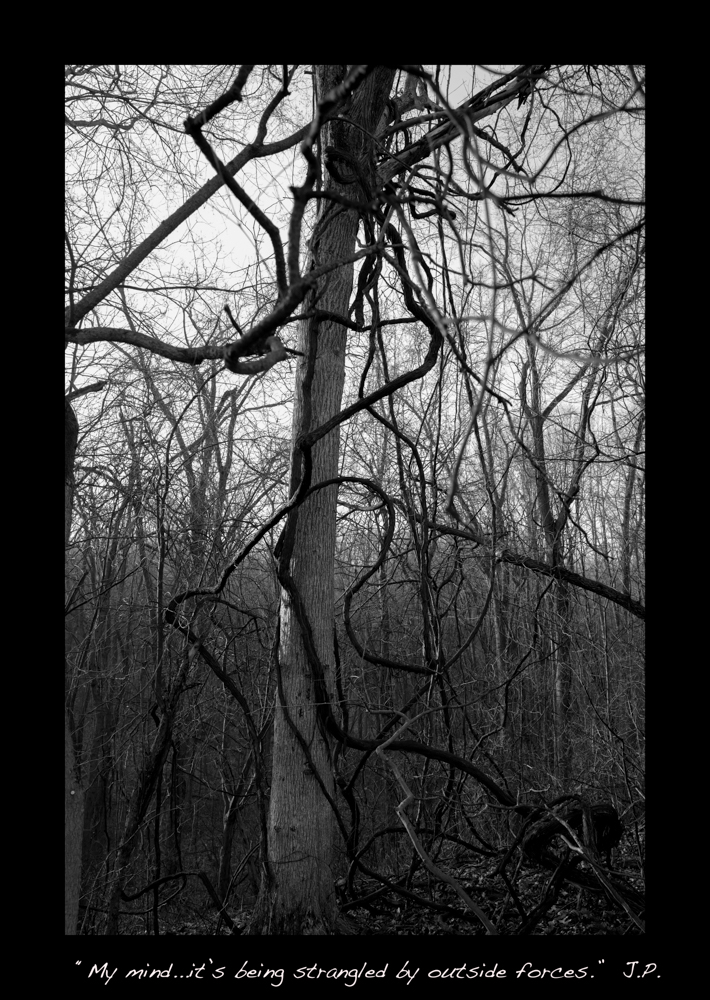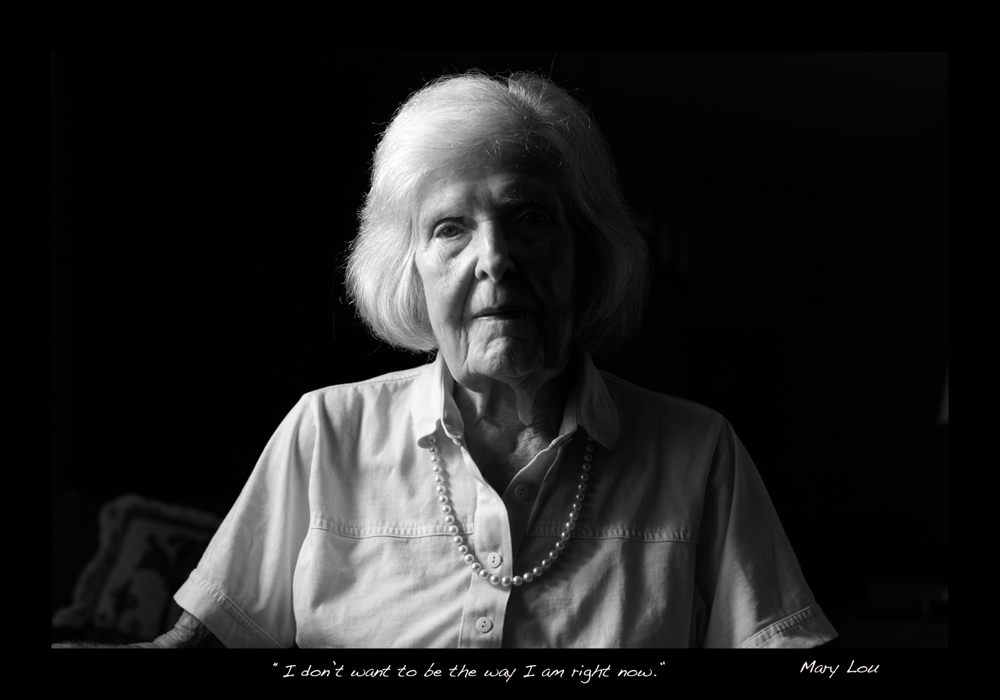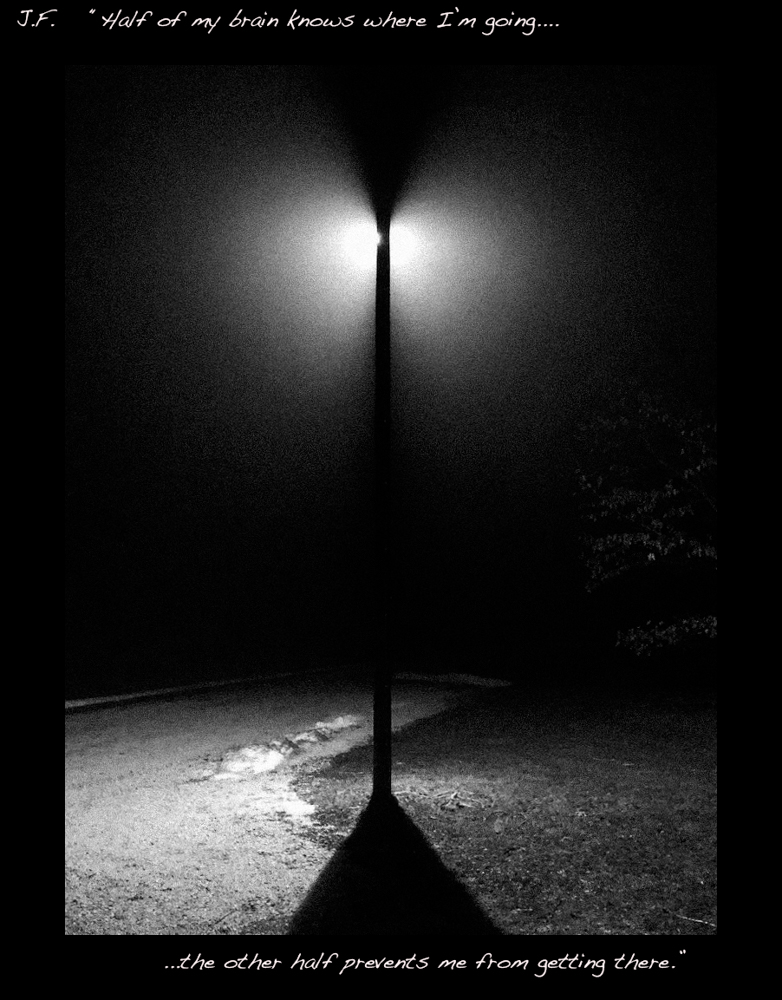Virgil DiBiase: My husband won’t tell me his first name
“When I was younger, I could remember anything, whether it had happened or not; but my faculties are decaying now and soon I shall be so I cannot remember any but the things that never happened.” Mark Twain
Virgil DiBiase’s project My husband won’t tell me his first name was another portfolio I selected for the recent Filter Photo Member’s Exhibition. I was intrigued with his perspective as a clinical neurologist as he considers the devastation of dementia through text and photographs that bring a quiet beauty and sensitivity to the subject matter. Virgil will open an exhibition at the the Griffin Museum’s Founder’s Gallery on October 24, 2019.
Virgil DiBiase (b.1963) lives in rural Indiana with his wife and two donkeys. He is a full time clinical neurologist, photographer, and part time farm hand. His parents were Italian immigrants who moved to rural Salem Ohio in the 1950s. His father was a photographer and taught him how to develop B&W film and make gelatin silver prints in the basement darkroom. Back then everything was in B&W: TV, magazines, newspapers and photography. His father made beautiful family photos with his Leica and made big 8×10 prints. Black and white photography was his first language and so he continues to work in B&W.
He has exhibited his work in many juried group shows including Griffin Museum of Photography, Fort Wayne Museum of Art, Colorado Photographic Arts Center, Edition One Gallery, Soho Photo Gallery and Providence Center for Photographic Arts. He’s been published in B&W magazine, LFI Magazine, Burn Magazine, The Cresset, and recently PBS News hour, Brief but Spectacular. He’s had solo shows at the Rangefinder Gallery in Chicago, Strimbu Gallery at Valparaiso University and the Workspace Gallery in Lincoln Nebraska. He’s been short-listed three times for the Royal Photographic Society International Print Exhibition and has been a Critical Mass Finalist for the last 3 years. His work is in the permanent collection of the Fort Wayne Museum of Art. He has an exhibition with 6 images from his dementia project coming up at the Griffin Museum of Photography, Founder’s Gallery in October 24, 2019.
“My husband won’t tell me his first name.” Judy C., Parkinson’s dementia
De men tia: A chronic or persistent disorder of the mental process caused by brain disease or injury and marked by memory disorders, personality changes, and impaired reasoning.
I am a neurologist and this is a long-term project about dementia, which includes portraits, natural illusions and images of perceptions paired with quotes from my patients. I would never have predicted that at this stage in my career I would be seeing so many people with dementia. When I was in medical school in the 1980s there were about 700, 000 people with dementia in this country, now there are nearly 6 million people with dementia and that number will triple by mid-century. By mid- century it will cost us $1.2 trillion dollars to care for people with dementia. One disease will wipe out our Medicare budget.
Alzheimer’s disease is the most common form of dementia. It has been over 100 yearssince it was discovered yet we have no effective treatment. If we live long enough one in 3 of us will develop the disease and one in 2 will care for someone with Alzheimer’s disease. Ultimately, at the end stages, many will be warehoused in understaffed, under skilled nursing homes and subjected to social isolation and pharmacological sedation, and 50% will die within 6 months.
Because there is no cure or effective treatment, and I see people with dementia on a daily and long-term basis, I wanted to use photography to get to know my patients a little better, and for them to know me a little better. I will go to their home, spend a few hours with them and when they come back to see me in my clinic some of them know me not as their neurologist but as a friend that came to their home and made pictures. It’s a more social visit, less stressful, we know each other better and I can do my job a little better.
With this project I wish to humanize a truly dehumanizing disease. Behind these statistics are people with a full range of emotions: humor, anger, longing, fear, love and hope. Look at these images as if you are looking in the mirror. How would you like to be cared for when it’s your turn? It is our destiny.
Posts on Lenscratch may not be reproduced without the permission of the Lenscratch staff and the photographer.
Recommended
-
Luther Price: New Utopia and Light Fracture Presented by VSW PressApril 7th, 2024
-
Artists of Türkiye: Sirkhane DarkroomMarch 26th, 2024
-
European Week: Sayuri IchidaMarch 8th, 2024
-
European Week: Steffen DiemerMarch 6th, 2024
-
Rebecca Sexton Larson: The Reluctant CaregiverFebruary 26th, 2024

